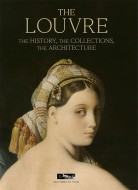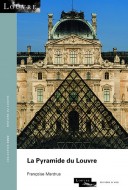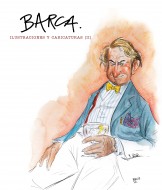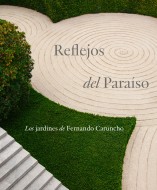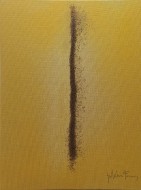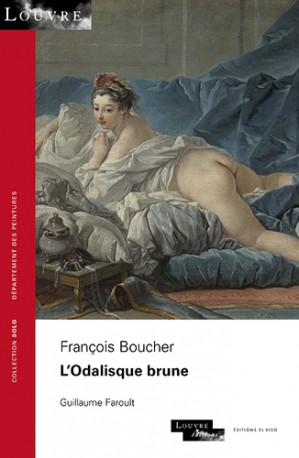
François Boucher. L'Odalisque brune - Collection SOLO
The painter François Boucher (1703–1770) had one of the most brilliant artistic careers of the eighteenth-century Age of Enlightenment. Coveted by the royal administration and by foreign courts, he produced models and decorations that inspired the whole of Europe. In 1765, Boucher was at last made first painter to the king, to King Louis XV and director of the Académie royale de peinture et de sculpture. That same year, a questionable engraving revealed to the public one of his most audacious and erotic compositions. Indeed, L’Odalisque Brune is one of those secret paintings most cherished by the libertine eighteenth century. Painted in 1745 for a discreet amateur, it is a product of a century that showed great curiosity in all areas and was enchanted by liberty and license. A beautiful young brunette, all voluptuous and nude, rests on a Turkish-style sofa. The abundant draperies seem to refer to the process of “unveiling” that takes place on the canvas. The work appears to evoke both the fantasy of the harem and the universe of libertine novels. This volume is devoted to decrypting the context in which this original, seductive, and enigmatic painting was created, as well as its multiple meanings, as a work that attests to how the men of the Enlightenment delighted in masks and oriental fantasies.
30 other products in the same category:
Cargando...


